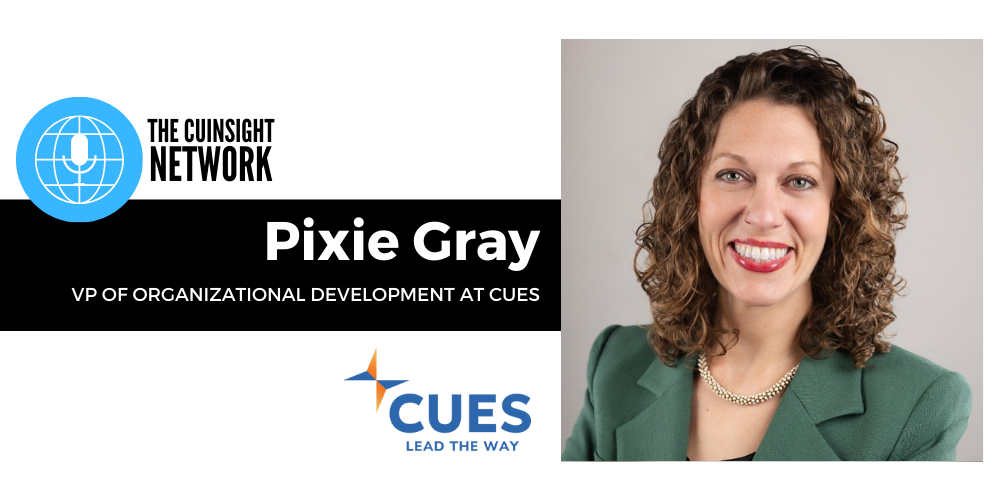In 2015, Leslie Miley was Twitter’s only black lead engineer. Upon his separation from Twitter, he published a post on Medium discussing the conflicted environment he worked in: On one hand, Twitter was a platform that elevated issues of race and diversity; it had provided a place for people and groups to raise their voices on topics that had previously received little attention. On the other, the leadership of the company did not reflect the users it served. While over 30% of Twitter users were African-American and Hispanic, less than 5% of the engineering and product management team included leaders from these demographics. Worse, when concerns around diversity were raised, it created more tension than action.
In his post, Miley tells of the subtle and not-so-subtle ways black leaders were alienated in their time at Twitter. In one instance, Miley describes a situation in which he asked why Twitter’s African American employees were not invited to an event that featured Jesse Jackson (as female employees had been for Hillary Clinton). A colleague tried to comfort him with the assurance that perhaps it was because, “they forgot that you were black.” Miley goes on to wonder in his post whether “in attempting to achieve the appropriate level of blackness that makes me palatable to tech, had I unwittingly erased the importance of maintaining my blackness in a sea of white faces?”
Following his departure, Twitter no longer had any people of color serving in senior-level roles in engineering or product management. If Miley had not explicitly pointed this out, I wonder if they would have even noticed the underrepresentation?
A 2018 McKinsey study on women in the workplace showed that nearly half of men surveyed believed that if one out of ten senior leaders is female, women are well-represented in leadership. If there is a belief that half of the population is sufficiently represented at a rate of just 10%, how negligible might the number be to represent one-third of the user group? When a company celebrates that minority leaders fit in so well their differences are “forgotten” (as was the case with Miley), it is even less likely that the absence of one person of color would be noted, let alone treated with concern.
Cultures that require assimilation from those who bring unique backgrounds and characteristics miss out on the business benefits of diversity that are now widely acknowledged. If people are unable to bring their whole selves to work—including those traits that make them uniquely human— how long will they be willing to stay in their seats at the table? How bad does it have to get for them to excuse themselves from these coveted leadership roles?
It is difficult to feel safe in an environment where it has been enforced that race or gender is something to overcome in order to belong. It creates workplaces where employees find themselves torn between staying at the table and pretending to be satisfied by a menu that is slowly poisoning them, or politely excusing themselves from the seat they had worked so hard to earn.
Miley took a risk by excusing himself and speaking up. Presumably, he walked away from an exit package that might have provided a softer landing in order to talk about what he had experienced. He spoke out about his blackness—something he had previously learned was not an advantage in tech-- and exposed himself to the potentially career-limiting move of being labeled an angry black man, a stereotype comparable to the hysterical female (both of which seem to emerge any time the faintest hint of emotion creeps into the voices of African Americans or women).
When Miley weighed his choice for self-preservation versus advocating for change that would benefit the greater good, he chose the greater good. He likely did so with confidence that his resume, professional network, and high earning potential created many future opportunities. Not everyone facing this situation is able to make the same choice. The risks may be too great, the resources too small, or the support too uncertain for someone to feel comfortable standing up.
Others working in toxic environments might find that self-preservation is about survival, not just reputation. Amid discrimination or harassment, people are afraid to speak up because job loss means that bills don’t get paid or children don’t get fed, and there is not another opportunity waiting just around the corner. Without a culture that has proven to support those who speak up or to value those who are unique, voices remain silent. Blatant and subtle discrimination persists. From that silence, change does not happen. Higher standards are not created. Individual human worth is not valued at the level it should be.
What disservice does it do to broader issues of diversity and inclusion, discrimination and harassment, when people are forced to protect themselves without addressing the bigger issue? This does not blaze a trailthat makes others’ paths more navigable. It does not create a picture of leadership that ensures minorities and women have examples of leaders to emulate who look like them. It does not set a new, more inviting table or design a better-balanced menu.It does not help an industry become better.
Did one man speaking up help Twitter improve? Maybe incrementally. The Leadership and the overall workforce are still less than 5% black, less than 4% Hispanic, and just over one-third female, but they are tracking progress and setting targets for improvement. Demographics of the company’s new hires are more diverse than the company overall, which is also a positive indicator.
As we look at our own organizations, we must ask ourselves what we are doing to create a picture of leadership that ensures minorities and women believe it is a place where they belong—or where they are comfortable raising concerns. It is important to consider the departures that might seem perplexing and scrutinize whether something in the culture might have caused the exit. Organizations in the credit union industry likely lose a great deal of talent in people who politely excuse themselves from their seats at the table, stating that it is just time to move on. A more likely reality is that it was time to find a place where they did not have to overcome who they were in order to thrive.
Our industry is positioned for so much better than this in the war for talent. We have a mission that should excite potential employees and volunteers in the same way Miley was excited about the social changes he saw Twitter advancing. We must live that mission in our engagement with the humans who want to lead our organizations, unlocking the full potential of the unique individuals looking for seats at our table. In order to do that, we must set a more inviting table, design a better-balanced menu, and find ways to be more welcoming. We must stop celebrating assimilation—the blackness that can be forgotten, the woman who can make her way in a man’s world—and embrace that credit unions are here to build a better world, where all humans belong at our table.
Resources: I first learned of Leslie Miley’s story from this book by Jennifer Brown. I highly recommend it to anyone who is part of an organization where Diversity and Inclusion matter. (That means you!)








